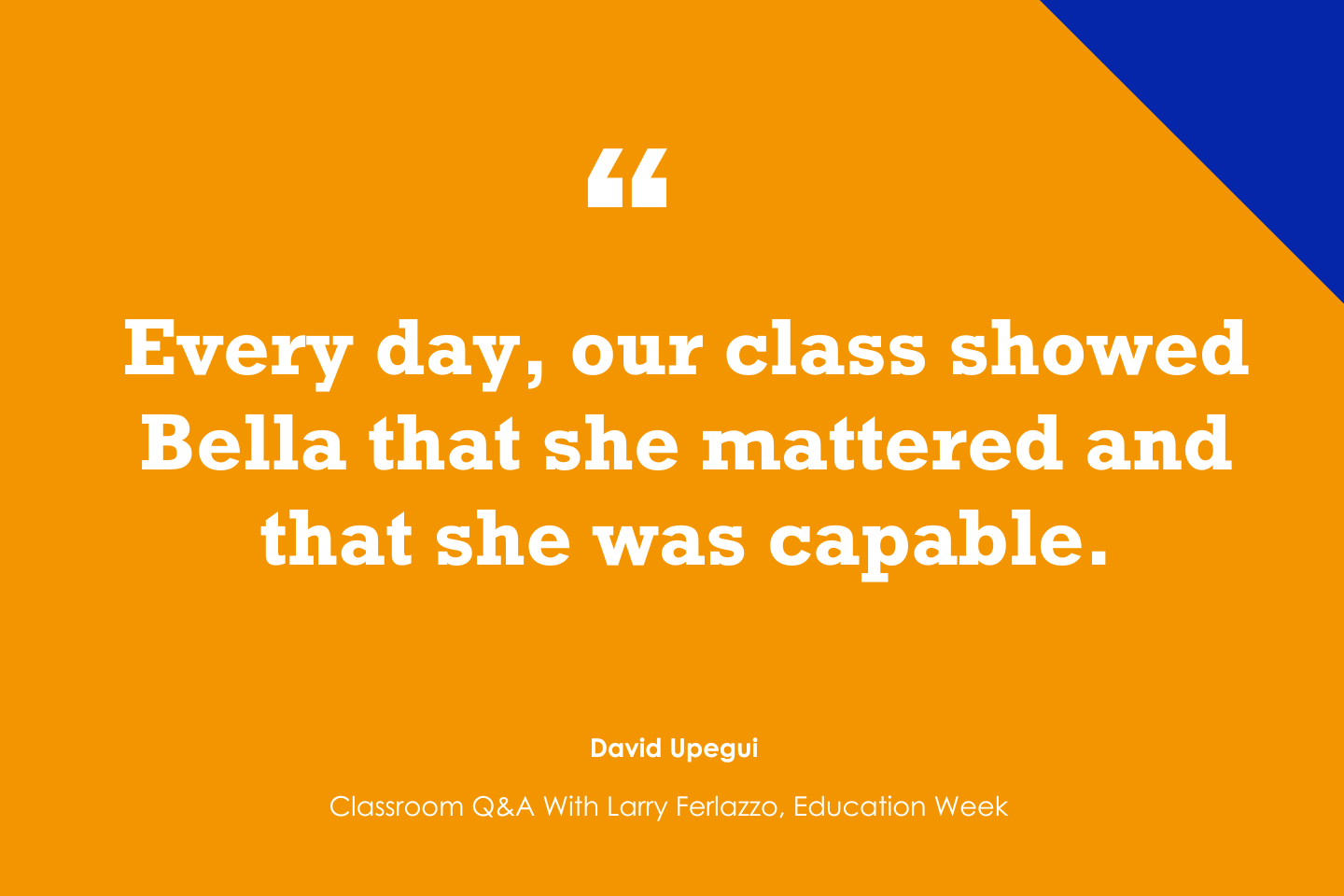Engaging parents in their children’s education is one of the keys to unlocking academic success and overall development. Fathers often remain an untapped resource in the parent-school partnership, according to certified parenting coach and trainer Dion Chavis. “I’ve seen the low turnout when it comes to [educators] trying to get fathers engaged in the education of their kids,” Chavis said during a session at the 2024 National Community Schools and Family Engagement Conference. “Dads are needed. We need dads to make a difference not just in school, but in our societies.”
Research shows that when fathers are actively involved in their children’s education, students experience higher academic achievement and fewer behavioral problems. Nearly half of dads wish they were more involved in their kids’ education, according to a 2015 Pew Research Center survey. Oftentimes dads need support navigating the school system, Chavis said, but they “might not even know how to ask for that help.” By implementing strategies that cater to the needs and interests of fathers, schools can foster stronger school-family connections. In his presentation, Chavis shared best practices to boost fathers’ engagement.
Address bias and stereotypes about fathers
Common stereotypes about dads include that they are always working, unnurturing and uninterested in their child’s education and. As a result, dads often feel judged, said Chavis. For instance, Chavis recalled that his daughter’s teacher was surprised to learn he was the one who taught her double-digit multiplication before she learned it at school. To him, this interaction was a prime example of how stereotypes can affect educators’ perceptions of and interactions with fathers. “That was an opportunity for her to uplift me and to create a space for me to feel appreciated for the work that I’ve done in my child’s life,” said Chavis. “Instead, she took the opportunity to embed her notions and her thoughts about fathers’ engagement into that conversation.”
Over time, dads may internalize these stereotypes, a phenomenon known as stereotype threat. “That’s going to cause them to withdraw,” Chavis said. “We have to ensure that we are making that father feel like he has a place in that classroom.”
Tailor communication and outreach
Recently, Chavis attended a meeting at his son’s school without his wife . He asked for extra resources to support his son, and when he followed up later, he was told the resources had been sent to his wife, despite him providing his contact information. Other dads who Chavis has worked with have had similar experiences where materials sent home were automatically addressed to a mom. A 2023 study found that mothers were 1.4 times more likely to receive a call from their child’s school than fathers.
“We have to take steps to ensure that dads are being seen and heard,” said Chavis. A simple solution is to send all school correspondence to both parents. Chavis noted that accurately communicating with a child’s caregivers can be harder with divorced parents or blended families because it’s challenging to avoid making assumptions about the family structure.
Schools can go further by tailoring some outreach directly to dads. For example, a class newsletter could include a section specifically for dads, or the school can have father-focused events and programs. During Chavis’s talk, a teacher from Baltimore shared one such activity from her school: one day early in the year, dads and male caregivers are invited to line the halls and welcome kids to school. Encouraging students to invite other male role models such as uncles, big brothers, mentors and pastors makes this activity more inclusive for varied family structures.
Leverage pop culture
According to Chavis, pop culture is rich with low stakes ways for dads to interact with their kids’ learning. Many educators have found that incorporating pop culture into academics increases student engagement.
During Chavis’ session, an educator from Buffalo, New York, shared an idea called a “reverse gift card.” Parents are asked to write their interests, hobbies and skills — such as favorite TV shows, movies, sports or music — on a small card with their availability. Parents are called on to volunteer for specific activities according to their interests as their “gift” to the school. For example, if a dad says he’s a fan of superhero movies, he might be asked to chaperone a school visit to a museum exhibit on the history and impact of comic books. “It shows that we pay attention and we’re asking things instead of just blanket messages all the time,” said the educator.
Pop culture can also offer a way for dads to connect with each other. Chavis mentioned an event for dads and their kids at a school in Bakersfield, California, where they broadcasted Monday Night Football and provided food. While sports events can be a great way to bring dads together, connections can be formed around a range of interests.
Chavis likened engaging fathers to a dance, with the school taking the lead. Schools will likely need to initiate changes to jumpstart dads’ engagement. “Let them know how important they are, how needed they are, how valued they are, and create that space where you begin to lift up the importance of dads being engaged,” Chavis said.
Boosting dads’ engagement in schools can improve student outcomes. A parenting coach shares strategies to involve fathers. MindShift








